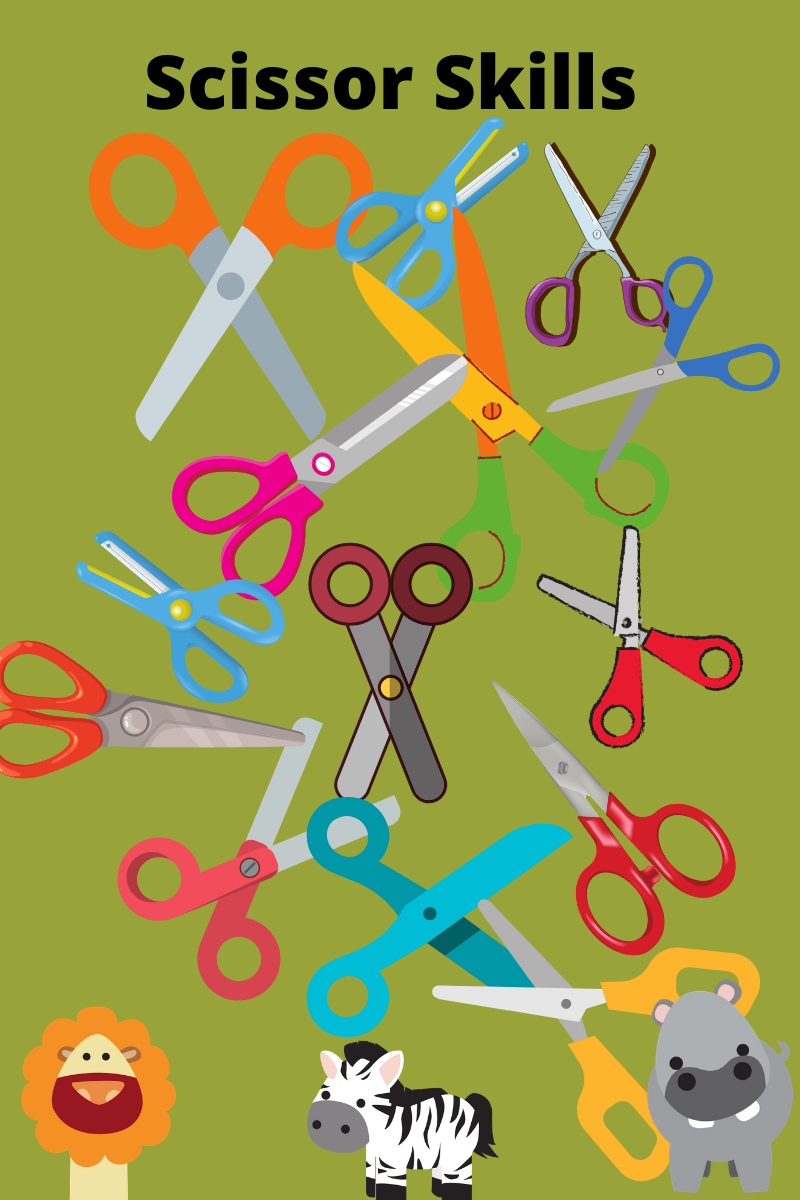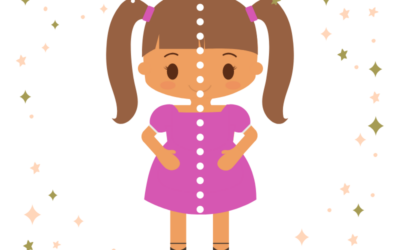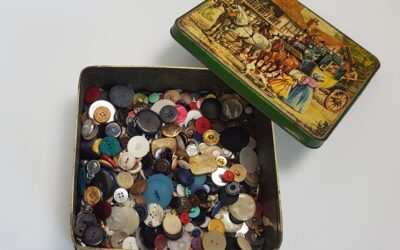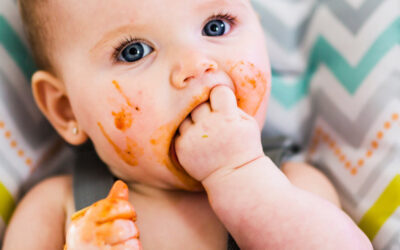Why are Fine Motor Scissor Skills Important?
Having appropriate fine motor scissor skills are important for all children as cutting, pasting and participating in arts and crafts activities is an important aspect of any quality early childhood education program.
Not only are children exercising the muscle groups in their hands and fingers which are needed for the execution of every day living fine motor tasks such as dressing – doing buttons and zips, but also for feeding – opening lunch boxes, peeling fruit, undoing lids off drink containers – they are also developing the strength and dexterity in their hands and fingers which are a vital pre-skill for learning handwriting.
What to do BEFORE introducing children to scissors.
If the children in your group are struggling with their fine motor scissor skills – then you may need to go back a few steps and consider their gross motor development and spend some more time on developing pre-scissor skills. This video will give you some ideas – whilst all children won’t NEED to go back to basics – all children WILL benefit from the additional practice in order to maintain muscle strength and dexterity.
Note: All videos have captioning option available – so click on the CC icon and turn the sound down if you prefer!
Fine Motor Skills and Animal Fun.
The Animal Fun Program is quite unique in that it caters for Gross Motor, Fine Motor and Social Emotional skills in the one evidenced-based resource.
The 4 Fine Motor Modules within the program- developed by Occupational Therapists cover the following topics:
Module 5: Body Management 2: Trunk and Upper Limb – the activities in this module focus on the gross motor skills necessary as a foundation for fine motor skills.
Module 6: Fine Motor Planning – Sequencing Skills
Module 7: Object Control 2 – Manual Skills – developing motor control, crossing the midline and manual dexterity in the fingers and hands.
Module 8: Hand Skills
The following video gives you a few examples of the types of activities included within these modules of the Animal Fun program. The Activity cards can be purchased from the Animal Fun Shop as part of the complete pack or as an individual set of 97 cards – beautifully illustrated on one side – great as visual cues for children who may have difficulty processing verbal instructions – and clear directions for educators on the reverse. Using these cards means that the program is completely flexible – you can choose a few cards to focus on for a week, share them around and engage parent helpers or support staff to conduct the activities with small groups.
If you are keen to learn more about why being able to cross the midline is important click here.
What type of scissors are best for young children?
In most groups you will have children with a range of abilities – so it is important to have a variety of equipment that will be developmentally appropriate for each child so that they can progress and build on their skills.
The aim being, that given the appropriate starting point and sufficient practice, that children will graduate from the more supportive types of scissors through to being confident in using standard scissors by the middle of their 5th year unless there are underlying developmental issues.
So once you have determined that the child has the basic gross motor skills as a good foundation for fine motor activities, and you have a variety of scissors that will be suitable for all levels of development – now it is time to think about the sequence of cutting skills – if you notice a child having difficulty with a cutting activity – take them back a few steps and make sure that they have consolidated the previous step – and if not, provide lots of opportunities for practice.
Useful Links:
The various scissors and the Melissa and Doug Fine Motor Scissor Skills Activity Images I demonstrated throughout the videos were purchased from The Play Room
To make your own Play Dough:
Ingredients:
2 cups of Plain Flour
1/4 cup Cream of Tartar
1/2 cup salt
2 cups of water
2 tablespoons vegetable oil
Food Colouring
Method:
Mix dry ingredients in a large saucepan.
Add in water, oil and food colouring and mix well.
Cook on medium heat, stirring constantly (a workout for your arms!!) until the dough comes together into a ball.
Remove from heat and allow to cool before kneading well.
Store in an airtight container in the refrigerator (to extend shelf life).
My gift to you is this FREE Infographic on the Sequence of Cutting Skills which I will send to you so you can download and keep or print it to display in your room.
For more information about the Animal Fun Program and how it can benefit the children you work with AND make life easier for you please get in touch – either leave a comment or contact me directly [email protected].
What are some of the motor skills or areas of development that you are seeing children having the most difficulty with?





Great online PD, would love to see more on crossing the middle line.
Hi Wendy, so glad you found the online PD worthwhile. Did you see my previous blog post on Crossing The Midline? Please let me know if there is some aspect that you would like expanded? Thanks very much for taking the time to comment. Sue
Hi
Are you offering these modules online?
If so, could you please give details?
Hi Denise, I am going to be doing an online workshop on the complete Animal Fun program 10th June and tickets are available from Eventbrite
Alternatively, you might like to enrol in the e-Learning Course where similar content will be covered.
Hi Sue
Thank you so much for this online PD, as I can just look back now and then to refresh myself.
Jumping from the different ages and being able to get these extra tips is great!
Thanks
Sue
So happy you find it useful!